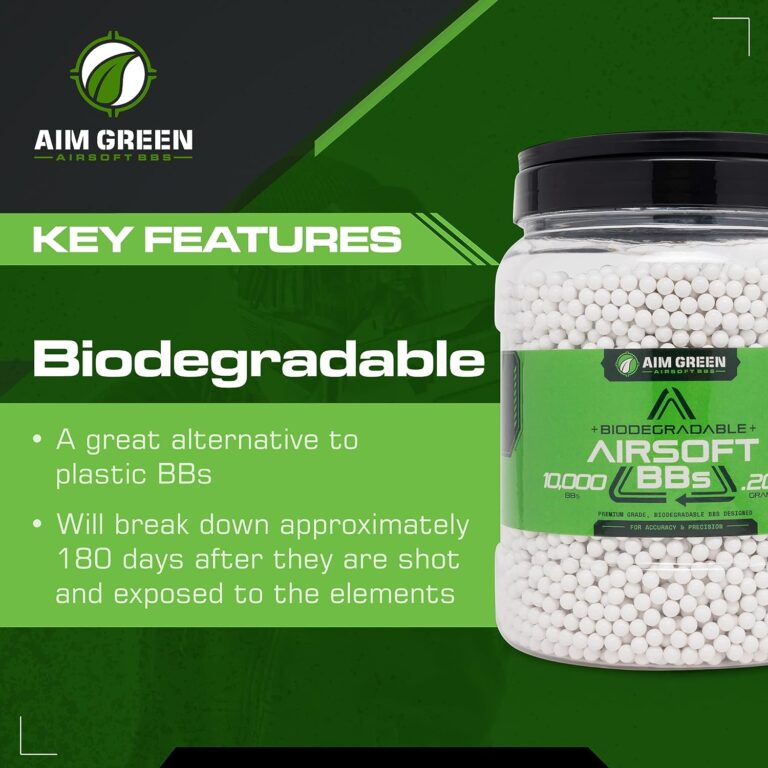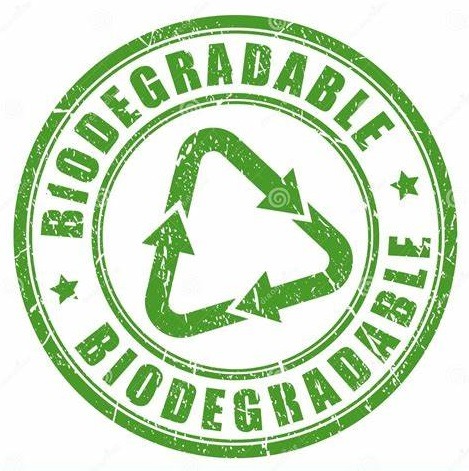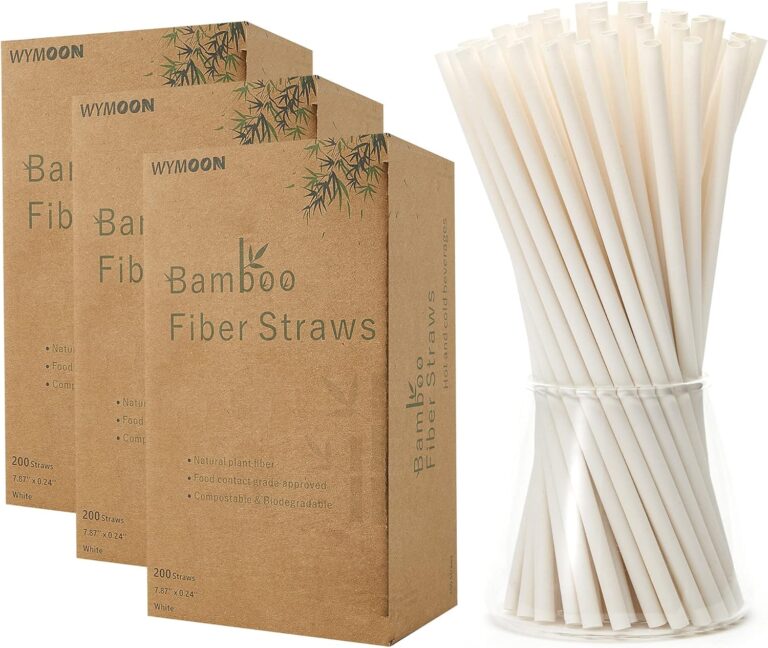Biodegradable Vs. Traditional Products
Discover the environmental impact, raw materials, production process, cost, and performance of biodegradable products compared to traditional products. Learn why choosing biodegradable alternatives is crucial for a more sustainable future.
You’ve probably heard the buzz about biodegradable products and their potential to revolutionize the way we consume. But what exactly does it mean for a product to be biodegradable, and how does it stack up against traditional products? In this article, we’ll explore the key differences between these two types of products and shed light on the environmental impact they have. Buckle up, because we’re about to embark on a journey of discovery into the world of biodegradability versus traditionality.
1. Environmental Impact
1.1. Biodegradable Products
Biodegradable products have gained significant attention due to their positive environmental impact. These products are designed to break down naturally over time, returning to the earth’s ecosystem without leaving behind harmful residues. By using biodegradable products, you can minimize your carbon footprint and contribute to a more sustainable future.
1.2. Traditional Products
On the other hand, traditional products often have a detrimental effect on the environment. These products, usually made from non-biodegradable materials such as plastics, contribute to the accumulation of waste in landfills and oceans. Their slow decomposition rate poses a severe threat to the ecosystem, affecting the lives of various organisms and polluting the environment.
2. Raw Materials
2.1. Biodegradable Products
Biodegradable products are typically manufactured using renewable resources such as plant-based materials, natural fibers, or biopolymers derived from organic sources. These materials can be sustainably harvested and do not deplete valuable resources. By utilizing renewable raw materials, the production of biodegradable products helps in reducing the reliance on fossil fuels and minimizing the extraction of non-renewable resources.
2.2. Traditional Products
In contrast, traditional products often rely on the use of fossil fuels and non-renewable resources as their primary raw materials. Petroleum-based plastics, for example, are derived from crude oil, a non-renewable resource that requires extensive extraction and refining processes. The extraction of fossil fuels contributes to environmental damage, including air and water pollution, habitat destruction, and climate change.
3. Production Process
3.1. Biodegradable Products
The production process of biodegradable products involves less energy-intensive methods compared to traditional products. These eco-friendly products can often be manufactured using low-energy processes, such as fermentation, microbial conversion, or enzymatic reactions. This approach reduces the carbon emissions associated with production, further enhancing their environmental credentials.
3.2. Traditional Products
Traditional product manufacturing processes, particularly those involving petroleum-based plastics, require high energy inputs and complex chemical reactions. These processes not only contribute to greenhouse gas emissions but also generate hazardous waste and pollutants. The production of traditional products releases significant amounts of carbon dioxide and other greenhouse gases, exacerbating the global climate crisis.
4. Cost
4.1. Biodegradable Products
While the cost of biodegradable products can vary depending on the specific material and manufacturing process, they have become more affordable in recent years. As demand for sustainable alternatives increases, economies of scale and technological advancements have led to cost reductions. While initially, biodegradable products may have been more expensive than their traditional counterparts, the gap is closing, making them a viable option for environmentally conscious consumers.
4.2. Traditional Products
Traditional products, especially those derived from petroleum-based materials, have traditionally been cheaper to produce due to the abundance and accessibility of fossil fuels. However, the long-term cost of these products is often underestimated. The impact on the environment, health risks associated with their production and use, and the expenses incurred in waste management and clean-up significantly contribute to the overall cost.
5. Performance and Functionality
5.1. Biodegradable Products
Biodegradable products have improved significantly in terms of performance and functionality. They are now available in various forms, such as packaging materials, disposable cutlery, and even clothing. These products offer durability, strength, and functionality comparable to traditional alternatives. Biodegradable packaging, for example, provides adequate protection for the contents while being environmentally friendly.
5.2. Traditional Products
Traditional products have long dominated the market due to their familiarity and perceived reliability. However, it is important to note that the performance and functionality of traditional products often come at a significant environmental cost. While they may appear durable and sturdy, the long-term consequences of using non-biodegradable materials outweigh their immediate benefits.
6. Disposal Methods
6.1. Biodegradable Products
Biodegradable products offer the advantage of being disposed of through various environmentally friendly methods. Depending on the specific material, these products can be composted, where they break down naturally and contribute to the creation of nutrient-rich soil. They can also be safely incinerated, generating less pollution compared to traditional products. When disposed of correctly, biodegradable products minimize waste and leave a smaller ecological footprint.
6.2. Traditional Products
Traditional products, particularly those made from plastics, pose a significant challenge when it comes to disposal. Due to their inability to biodegrade naturally, these products can persist in the environment for hundreds of years, contributing to pollution and littering. The improper disposal of traditional products often leads to their accumulation in landfills, where they take up valuable space and release harmful toxins into the soil and groundwater.
7. Decomposition Time
7.1. Biodegradable Products
Biodegradable products vary in their decomposition time depending on the specific material and environmental conditions. Some materials can decompose within a few weeks or months, while others may take several years. Nonetheless, the decomposition process of biodegradable products is significantly faster compared to non-biodegradable alternatives, minimizing the impact on the environment.
7.2. Traditional Products
Traditional products, especially plastics, have an exceptionally long decomposition time. In some cases, plastics can take hundreds of years to break down completely. During this time, they continue to release harmful chemicals and microplastics that harm wildlife and ecosystems. The slow decomposition process of traditional products exacerbates the environmental issues associated with their use and disposal.
8. Controversies and Limitations
8.1. Biodegradable Products
While biodegradable products offer many environmental benefits, there are some controversies and limitations to consider. Firstly, the term “biodegradable” can be misleading, as some products may only biodegrade under specific conditions, such as industrial composting facilities. Without access to such facilities, biodegradable products may not degrade as expected. Additionally, certain biodegradable materials may require specific disposal methods and cannot be mixed with traditional recycling streams.
8.2. Traditional Products
Traditional products face controversies and limitations regarding their environmental impact. The accumulation of non-biodegradable waste, particularly plastics, has resulted in the emergence of significant environmental concerns. Despite efforts in recycling and waste management, traditional products continue to contribute to pollution, habitat destruction, and the depletion of natural resources. The limitations of traditional products highlight the need for sustainable alternatives.
9. Consumer Awareness and Demand
9.1. Biodegradable Products
Consumer awareness and demand for biodegradable products have been steadily increasing in recent years. More people are recognizing the importance of making sustainable choices to protect the environment. As consumers become more educated about the benefits of biodegradable products, the demand for these eco-friendly alternatives continues to rise, prompting companies to expand their offerings and invest in research and development.
9.2. Traditional Products
While some consumers remain unaware of or indifferent to the environmental impact of traditional products, there is also a growing segment of environmentally conscious individuals who actively seek out sustainable alternatives. However, the widespread adoption of traditional products still presents a significant obstacle to advancing sustainability efforts. Increasing consumer awareness about the environmental consequences of traditional products is essential to drive meaningful change.
10. Current Market Trends
10.1. Biodegradable Products
The market for biodegradable products is experiencing substantial growth as sustainability becomes a focal point for businesses and consumers alike. The demand for eco-friendly packaging, single-use items, and personal care products is driving innovation in the biodegradable product industry. Companies are investing in research and development to improve the performance, cost-effectiveness, and scalability of biodegradable alternatives, ensuring their market relevance and competitiveness.
10.2. Traditional Products
While traditional products continue to dominate the market, there is a growing awareness of their negative environmental impact. As a result, companies are gradually shifting their focus towards sustainability by exploring alternative materials and manufacturing processes. However, the transition from traditional to biodegradable products requires concerted efforts from businesses, governments, and consumers to accelerate the shift towards a more sustainable future.
In conclusion, the comparison of biodegradable products versus traditional products clearly shows the significant environmental advantages of choosing biodegradable alternatives. From their raw materials to production processes, disposal methods, and overall impact on the ecosystem, biodegradable products outshine traditional counterparts in fostering a more sustainable and eco-friendly future. As consumer awareness and demand continue to drive market trends, the widespread adoption of biodegradable products is crucial in mitigating environmental damage and shaping a greener world. So, next time you make a purchase, consider the environmental impact and choose wisely for a better future.






